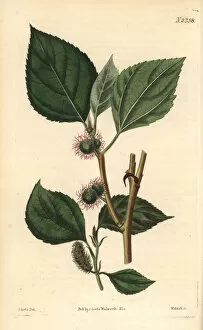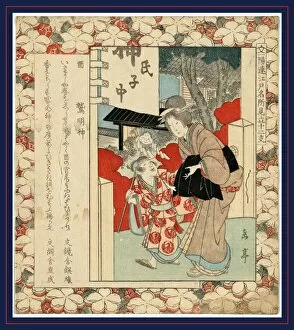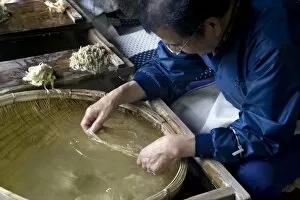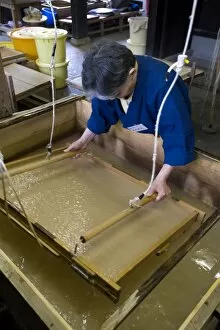Washi Collection
Discover the captivating world of washi, a traditional Japanese hand-made paper that showcases a variety of tones and textures
For sale as Licensed Images
Choose your image, Select your licence and Download the media
Discover the captivating world of washi, a traditional Japanese hand-made paper that showcases a variety of tones and textures. Originating from Japan, this delicate art form has been cherished for centuries in Asia. Imagine witnessing the process of creating washi at Echizen Washi No Sato village in Fukui. A stack of wet, freshly-made Japanese washi paper awaits its transformation into stunning works of art. The craftsmanship involved is truly awe-inspiring. As you delve deeper into the realm of washi, you'll encounter intriguing connections with nature. The Oriental paperbush, Edgeworthia tomentosa, plays a vital role as one of the primary materials used in making this exquisite paper. Similarly, the Paper mulberry tree, Broussonetia papyrifera, holds significance as it provides fibers essential for crafting washi. Transport yourself back to ancient times through "Descending Geese of the Koto, " an enchanting color woodblock print from the Edo period (c. 1766). This masterpiece not only showcases the beauty and versatility but also reflects Japan's rich cultural heritage. However, every journey must come to an end eventually. As we reach "the end of the line, " let us appreciate how far this remarkable art form has come and how it continues to captivate hearts worldwide. Intricate designs like "[Momiji ni washi], " depicting an eagle perched on a maple branch using woodcut techniques between 1868 and 1900 showcase both artistic skill and reverence for nature's harmony. Washi myAcjin Shrine by Yajima Gogaku takes us on another historical adventure during Japan's active 19th century - Year of the Cook celebration unfolds before our eyes through beautifully crafted washi pieces. Let your imagination soar as you immerse yourself in these glimpses into the world - where tradition meets innovation and creativity knows no bounds.














